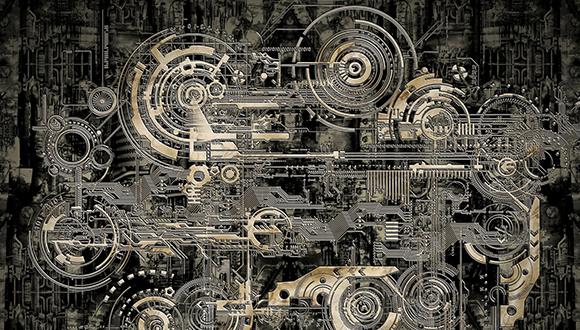You are invited to the seminar of a student MSc – Fluid structure interaction modeling of the effect of the cerebrospinal fluid on spinal cord traumas
~~"ZOOM" SEMINAR
SCHOOL OF MECHANICAL ENGINEERING SEMINAR
Wednesday, March 10, 2021 at 14:00
Fluid structure interaction modeling of the effect of the cerebrospinal fluid on spinal cord traumas
Konstantin Arhiptsov
M.Sc. student of Dr. Gil Marom
With estimated occurrence of 15-50 incidences per million people, acute traumatic spinal cord injury (SCI) is associated with many burdens on patients and their families. Cerebrospinal fluid (CSF) has several important functions, including acting as a shock absorber to protect the central nervous system. While, numerical models can help predicting the SCI mechanics without putting the subjects in danger, previous studies did not focus on alternations in the CSF conditions, such as its pressure, and did not account for the presence of epidural fat. The current study aims to numerically compare the behavior of spine when subjected to several SCI scenarios and under two medical conditions. Specifically, the cord behavior was compared in SCI scenarios that represent burst fracture with and without epidural fat and the CSF pressure was either normal or in a diseased state of intracranial hypertension. To this end, an explicit simulation with a fluid structure interaction (FSI) approach was used. The CSF and the epidural fat were modeled as smoothed-particle hydrodynamics (SPH) and the soft tissues as hyperelastic. This approach, unlike the common previous modeling of CSF as viscoelastic material, allowed us to account for the CSF pressure alteration and its effect on the cord itself. Validation models resulted in good correlation with previous numerical and experimental studies. The results were able to capture the fluid dynamics of the CSF while demonstrating a considerable change in the stresses of the spinal cord, especially in the burst fracture injury. High CSF pressure affected the general shape of the dural sac and caused higher stresses in both the white and gray matters of the spinal cord. Exclusion of the epidural fat from the model significantly increased the calculated stresses in the cord, indicating on the necessity of the fat presence in future models. These results show some important aspects that need to be accounted for in future numerical models of SCI while also demonstrating how the injury might aggravate by preexisting conditions.
Join Zoom Meeting
https://zoom.us/j/96584758181?pwd=WC9PMXdsYzJ3NFdEN2Q5ZUtOZEVjdz09


